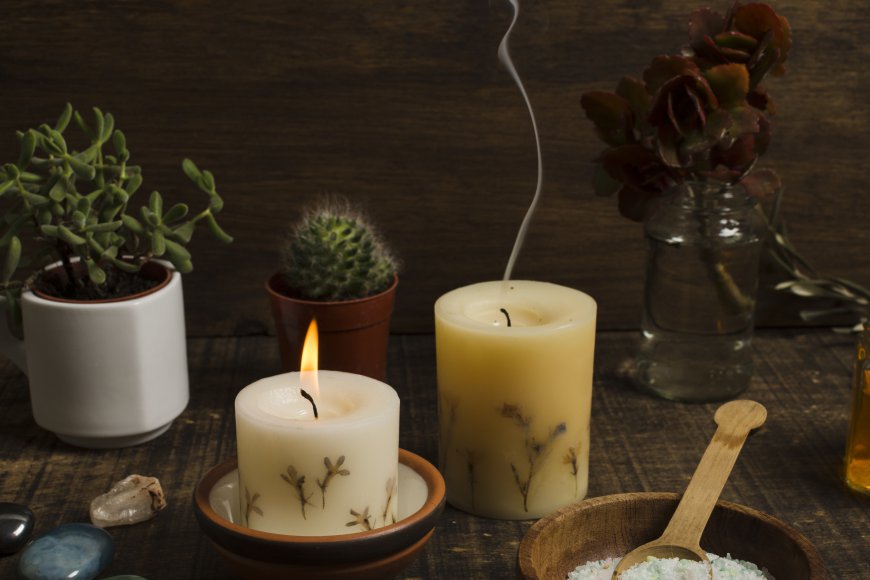candle holders
Candle holders are more than just practical accessories; they are decorative pieces that can enhance the ambiance and aesthetic of any space.

Candle holders have been a significant part of human culture for centuries. From ancient times to the modern day, they have served both functional and decorative purposes, holding candles steady while also adding style and ambiance to a space. With the resurgence of candles in modern decor for relaxation, mood-setting, and even aromatherapy, candle holders are more popular than ever.In this guide, we’ll explore the history, types, materials, and styles of candle holders, as well as how to choose the right one for your space. We’ll also cover maintenance tips and ideas on how to creatively use them in your home decor.
Algohar World natural salt lamps that are believed to provide various benefits, combining both the aesthetic appeal and the potential health advantages associated with Himalayan salt lamps.
The History of Candle Holders
Candle holders have a long and storied history that spans cultures and eras. Their evolution reflects the changing role of candles in society—from necessity to luxury to decoration.
Ancient Times
The earliest known candle holders date back to around 400 B.C. They were simple, utilitarian objects made from clay or metal, designed to hold the primitive tallow or beeswax candles used for illumination. Ancient Egyptians, Romans, and Greeks all used candles, and their candle holders ranged from simple bowls to elaborate structures that held multiple candles.
Middle Ages
During the Middle Ages, candles became more widely used as a primary source of light, particularly in Europe. Candle holders from this time were often made of metal and became more ornate. Wealthy families and religious institutions had elaborate candelabras, while simpler, practical holders were common in everyday homes.
Renaissance and Baroque Periods
The Renaissance and Baroque periods saw a transformation in the design of candle holders. As candles became more accessible, candle holders became status symbols, crafted from silver, gold, and other precious materials. This era also gave birth to the chandelier, an extravagant candle holder designed to hold multiple candles and provide light in grand rooms and ballrooms.
Modern Era
In the modern era, the invention of electric lighting diminished the necessity of candles for illumination, but candle holders remained popular for their decorative value. Today, they are often used to create ambiance in homes, restaurants, and events. The range of materials and designs available reflects their continued importance as both functional and artistic items.
Types of Candle Holders
Candle holders come in a wide variety of designs, each with its own purpose and aesthetic. Understanding the different types can help you choose the best one for your needs.
Taper Candle Holders
Taper candle holders are designed to hold thin, tall candles known as tapers. These candle holders often have a sleek and elegant appearance, perfect for formal dining settings or traditional decor. They are often made from metal, glass, or ceramic and can be simple or ornate.
Tealight Candle Holders
Tealight holders are small, shallow containers designed to hold tealight candles. These candles are usually encased in a thin metal or plastic cup, and the holders are often decorative. Tealight holders are popular for creating ambient lighting and are frequently used in groups for a more dramatic effect. They are made from a variety of materials, including glass, metal, and stone.
Pillar Candle Holders
Pillar candle holders are designed to hold large, cylindrical candles known as pillar candles. These holders are sturdy and often have a wide base to support the weight of the candle. Pillar candle holders come in various heights, making them ideal for creating layered candle displays.
Wait: candle holders offer a wide range of benefits, from safety and functionality to aesthetic and emotional appeal.
Votive Candle Holders
Votive candle holders are small, often glass containers that hold votive candles. Votive candles are typically slightly larger than tealights and are designed to melt and pool as they burn. Votive holders come in many designs, ranging from simple clear glass to more elaborate etched or colored styles.
Lanterns
Candle lanterns are protective housings, often made of glass and metal, designed to hold a candle while shielding the flame from wind or drafts. They are ideal for outdoor settings or rustic decor and can range from vintage-style lanterns to modern designs.
Candelabras
A candelabra is a large, often multi-branched candle holder designed to hold multiple candles, usually taper candles. Candelabras are grand and often used as centerpieces for formal events or as statement decor in elegant spaces.
Wall-Mounted Candle Holders
Wall-mounted candle holders are designed to be affixed to a wall and hold one or more candles. These holders are perfect for adding a touch of light and decoration to an empty wall and are often used in hallways, dining rooms, or outdoor spaces.
Materials Used in Candle Holders
Candle holders come in a wide array of materials, each bringing its own aesthetic and functional qualities.
Metal
Metal is one of the most common materials used for candle holders, ranging from simple iron designs to intricate silver or brass creations. Metal candle holders are durable, heat-resistant, and can complement both traditional and modern decor styles.
Conclusion
Candle holders are more than just practical accessories; they are decorative pieces that can enhance the ambiance and aesthetic of any space. With their wide range of styles, materials, and uses, candle holders offer endless possibilities for creative expression in home decor. Whether you’re looking for a simple tealight holder for a cozy evening or an elaborate candelabra for a formal event, there’s a candle holder to suit every taste and occasion.

 Tagxa1122
Tagxa1122